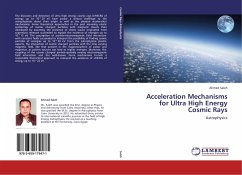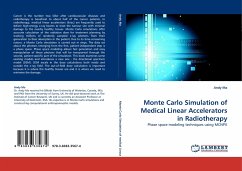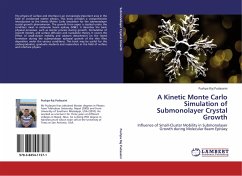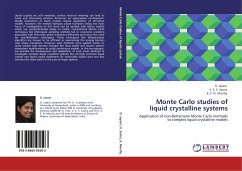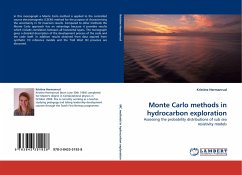Since the discovery of cosmic rays by Victor Hess in 1912, it has contributed immensely to understand many fundamental problems in physics. However the problems related with high energy cosmic rays sources and acceleration mechanisms are not solved yet. The source and acceleration mechanism of UHE cosmic rays is still a mystery. There is a glorious possibility that in the UHE cosmic ray interactions the Higgs bosons may produce by thermofield mechanism. It has been established that other heavy short lived particles like charmed hadrons are produced in the high energy cosmic rays interactions. So cosmic rays provide a useful mechanisms to study the high or ultra high energy particle interactions, that are beyond the capability of the human made accelerators. To study the high or ultra high energy cosmic rays in the different perspectives it is very much essential to use Monte Carlo simulation technique, which is a technique of doing virtual experiment based on probability distributions. In this work Monte Carlo simulation technique is used to study few ultra high energy cosmic ray phenomena and the primary particle detection by an unconventional method.


